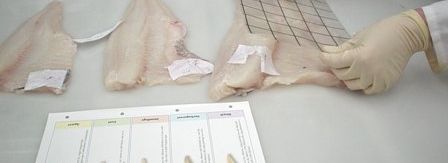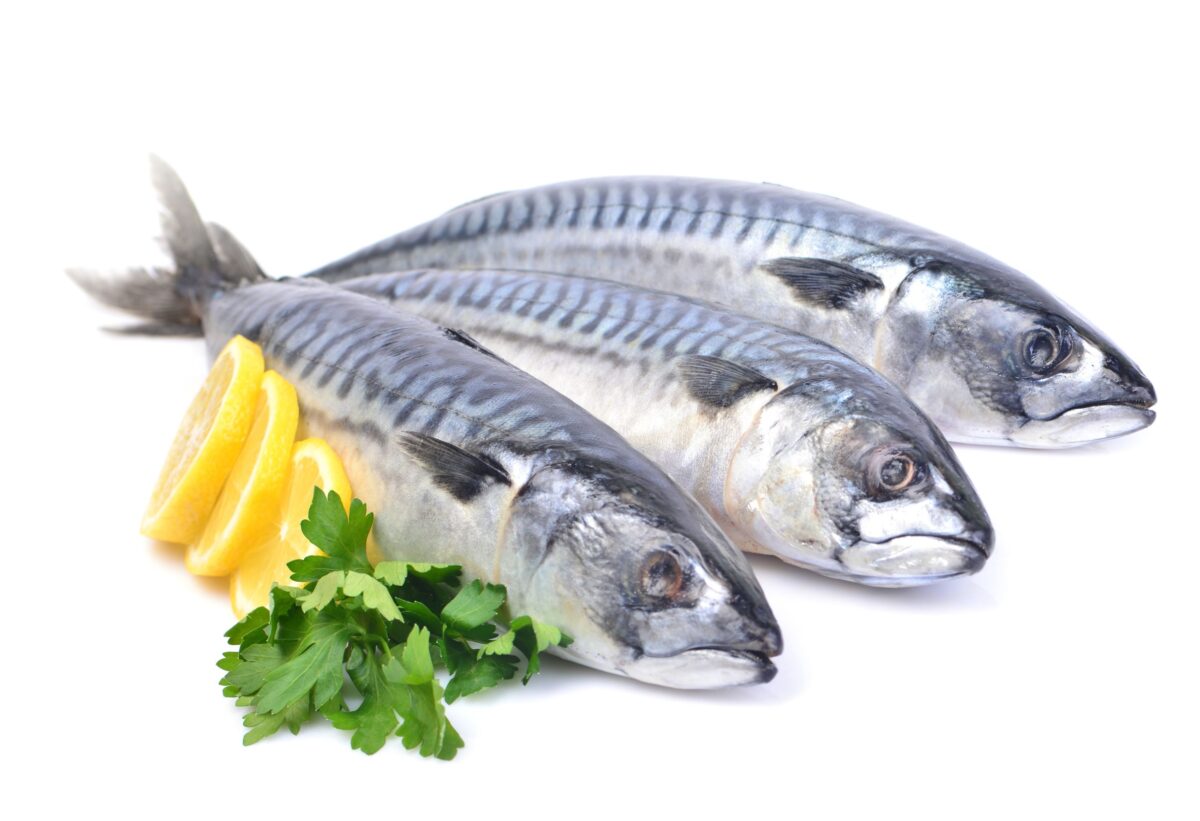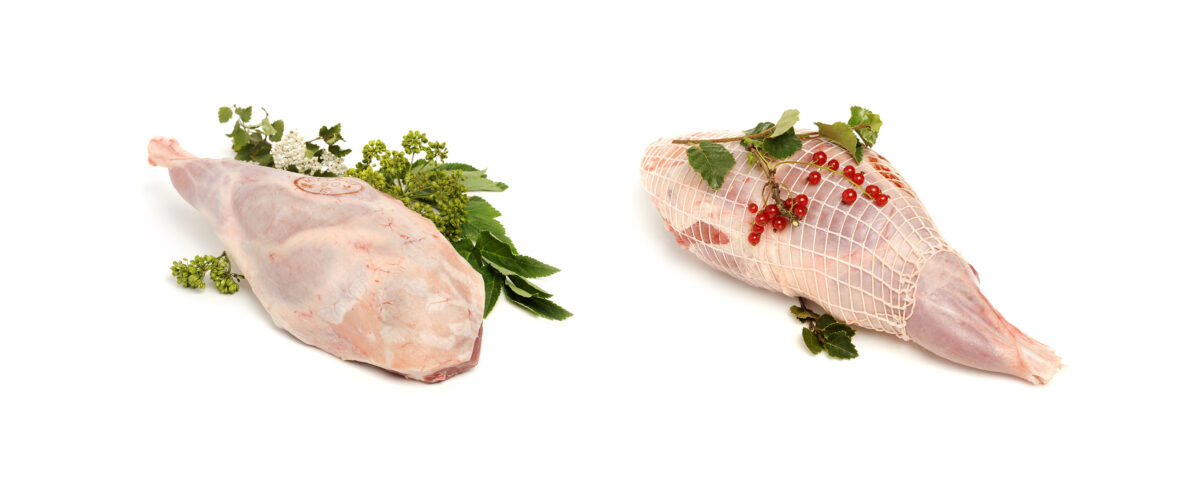The aim of this project is to examine the stability and shelf life of frozen cod products. Also to examine whether the glass transition temperature of products can be used in the preparation of forecasting models for shelf life in the freezer and as a control device in product development. Changes in the stability of the products are measured by sensory evaluation, texture and chemical measurements and an assessment is made of which factors change the most and mainly affect the stability.
The aim of the project is also to measure the glass mark in cod flesh and to examine its interaction and stability with the development of forecast models for the shelf life of products in cold storage in mind. Knowledge of stability and shelf life will be used in assessing the consumption quality of products, which can lead to greater value creation. Knowledge of glassware can be used as a tool in production management and product development and thus lead to improvements in processing.
There have been major delays in the project, mainly as it proved necessary to buy new refrigeration equipment at IFL, among other things due to this project. Freezers were purchased for very low temperatures and freezer simulators were installed which allow for precise setting and recording of temperatures. Results from measurements after 6 months in the freezer will be published in the summer / autumn of 2000.
Measuring glass marks in cod flesh has been difficult. When work began on measuring glass marks in cod, it was found that the cooling equipment of the DSC device used in the measurements could not cool the sample down to the desired temperature. A grant was received from the Research Council's Equipment Purchase Fund to supplement this equipment, and new cooling equipment was introduced last August. Measurements can now be carried out at lower temperatures, and the research facilities are all different after this addition was received. New software and a computer were also purchased for the device, which increases the possibility of processing data. It has not been possible to measure glass marks in cod flesh, but it is hoped that changed measurement methods will give better results.





